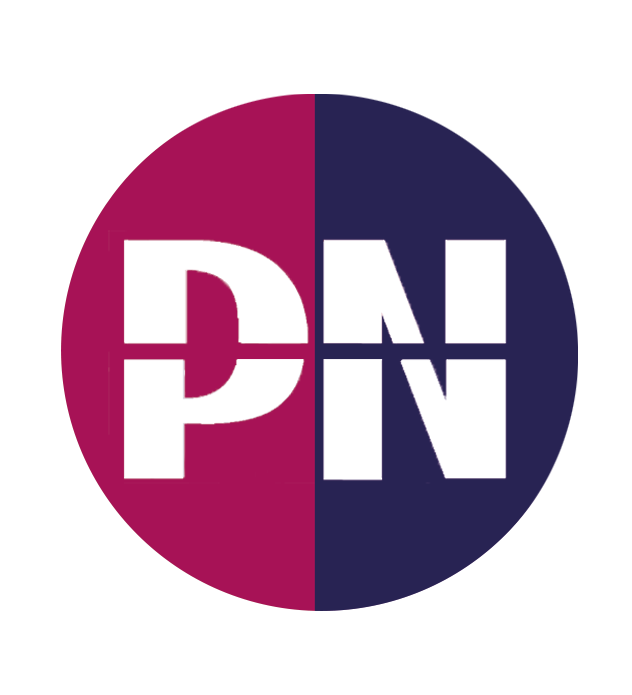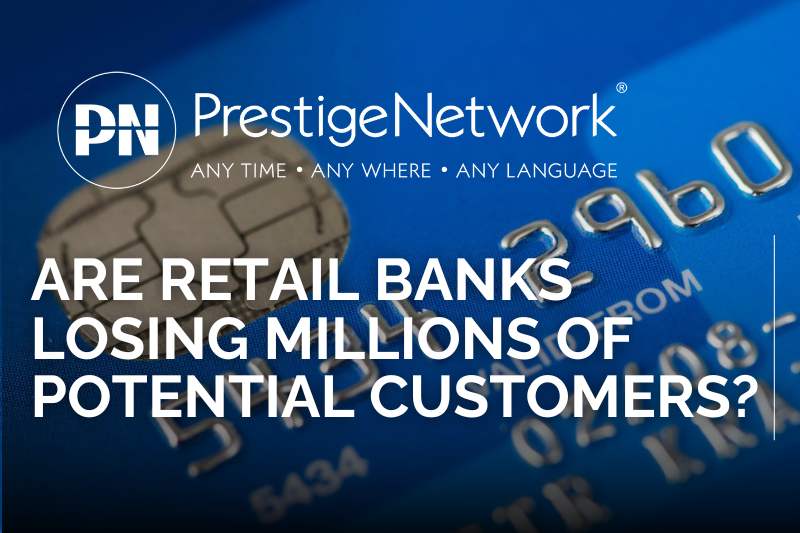Time to market

– don’t let it put you under pressure
Delays in getting your product into market has a negative financial impact, so minimising time to market has always been an important factor and has become more so as an increasing number of pre-launch activities must be factored into any product or brand launch.
A few years ago, I worked extensively, localising internal and external communications for a major high street fashion retailer. Getting product in front of their target audience really fast was critical to both catching the fashion zeitgeist and minimising product redundancy – a problem that currently costs US retailers around £50b each year in wastage.
Today I read that a major name fashion retailer plans to take a new product to market inside 6 weeks – from initial supplier order to shop floor. That’s fast. But speed also adds to risk and so the pressure mounts.
This is the pressure todays’ marketplace expectations impose on retailers, technology developers, manufacturers – in fact anyone that needs to get a head start on their competitors.
Although this is only one part of the mix, being able to localise your product related assets quickly and accurately will help you meet your launch days in multiple international markets.
· Marketing campaigns
· Advertising
· Press releases
· Training assets
· App localisation
· Product packaging
· Brochures
· User Guides
· Contracts
· Compliancy documentation
· Events
Avoiding delays and minimising loss
Delays can be avoided by having reliable access to an integrated mix of human and technology driven localisation resources, you’ll achieve a superb result across all of your assets, quickly and economically.
But the key to getting the best results, remains the quality of management – the ability to plan, apply the best resources, to the right tasks, and manage quality and the delivery schedules.
Avoiding errors that will subsequently need fixing helps you maintain your schedule, and your sanity. Sounds obvious, but it’s not uncommon for the localiser to be called in quite late in the process, whereas an early-stage consultation can help spot the challenges and plan to avoid them.
Use your agency’s expertise to your advantage.
Ken Mealing – Solutions Architect






